We begin to get the impression that this Zanzibar extension
is way too jam packed with activity, but Job is proud of his island and anxious
to show it all off. Today we leave at
8:00
a.m. to drive to the north end of the island and first tour a small
family-owned spice plantation. This is
actually quite interesting, and a 16-year old member of the family accompanies
us, climbing trees to bring down samples of a spice or fruit. In his spare time walking along, he weaves
palm fronds into rings and hats and bags for all of us. Phyllis especially likes her frog necklace,
and Craig is proud of his crown, but alas none of these can make the trip home
(or even to Sicily) with us. Needless to
say, the youngster was tipped well, and we learn the next day that he excitedly
called Job to say he
was able to use the money to buy new shoes for school that
afternoon. Another brother climbed about
80 feet up a coconut tree and threw many down for us to sample. Ronald tried to climb the tree but quickly
learned his feet were not hardened enough to go more than 6 inches. This is only the second time we’ve seen
Ronald stymied on this whole trip (the first being when he got his jeep stuck
in a stream in the Serengeti and had to give up on going further in that
direction).
The spice farm abounds in cloves, vanilla bean pods (look a
lot like green beans), cinnamon, peppercorns, and cardamom, as well as fruits
such as pineapple, passion fruit, and lychee nuts. Most of the spices grow on a bush or tree or
vine that looks totally unlike what we expected. We have a buffet of the fruit spread out for
us at the end of the tour, and it’s almost like having lunch already. However, the real lunch is next, after a drive
to another elegant beach side resort.
These lunches always include a free beer or wine or water or Coke, and there’s
no debate about what our choice will be.
While
there seem to be few dark beers in Africa (Craig did find a fine stout
at the golf course in Arusha), the Tusker, Kilimanjaro, Serengeti or Safari
local beers are most welcome on hot day like this.
Next we visit a small seaside enclosed sanctuary for green
turtles, typically those brought in by fishermen who found them injured in
their nets, which is assuredly a worthy cause but
rather disappointing since we
have seen so many animals in the wild by now. Then a stop to see dhows being made the
traditional way (learning that the biggest one we see would cost approximately
$7,000 -- a seeming small sum for us but a lifetime of savings for most of
these people). Back at hotel around
6 p.m., another exhausting day!

 Stone Town, Zanzibar Urban/West Region, Tanzania
Stone Town, Zanzibar Urban/West Region, Tanzania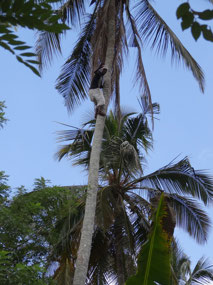
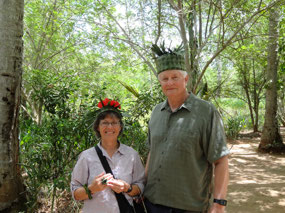
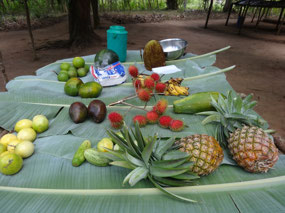
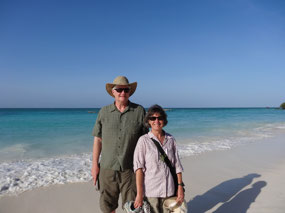
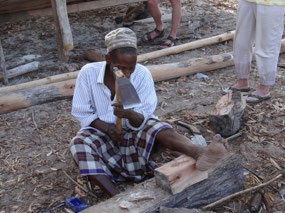




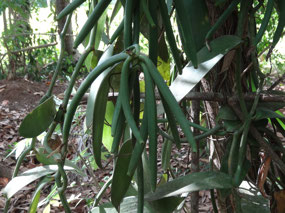

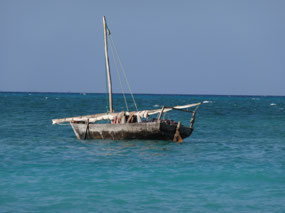
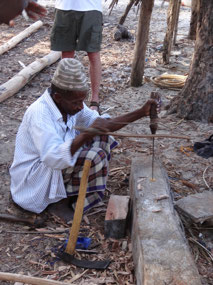
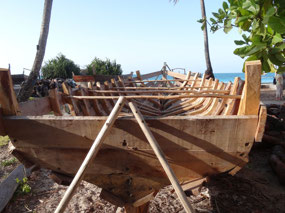
2025-05-23